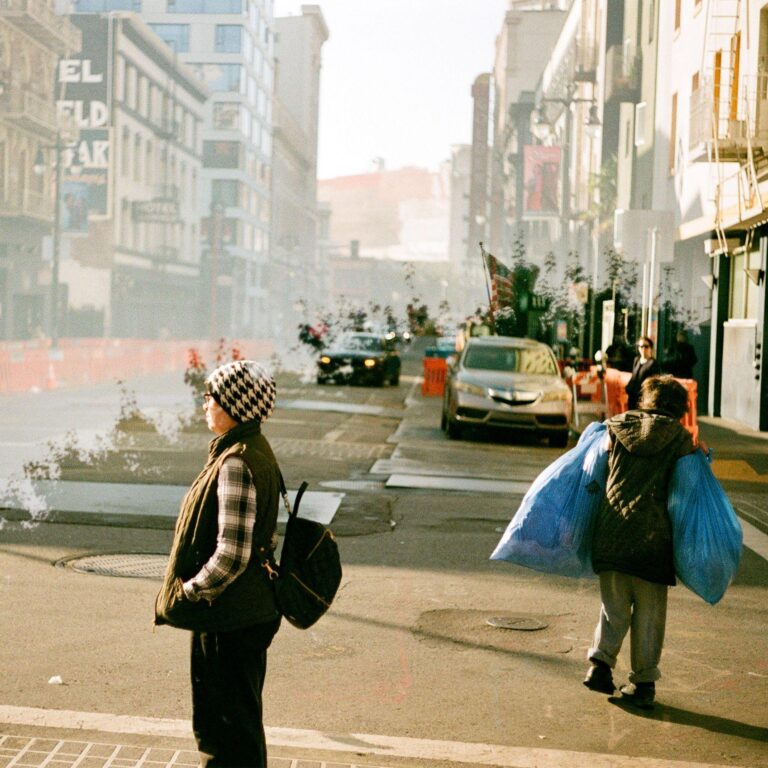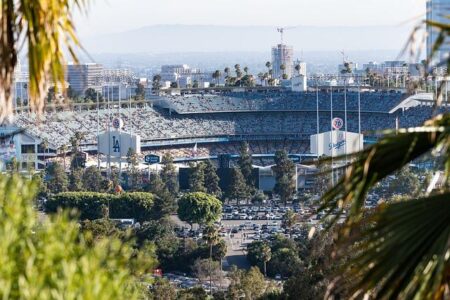San Francisco Faces Escalating Street Behavior and Public Safety Challenges
In recent years, San Francisco has witnessed a notable rise in public disturbances, sparking growing unease among residents and city officials alike. Issues such as public intoxication, aggressive solicitation, and the proliferation of personal belongings littering sidewalks have become increasingly visible, impacting the cityŌĆÖs atmosphere and residentsŌĆÖ sense of security. This surge in street disorder has intensified calls for solutions that carefully balance empathy for vulnerable populations with the imperative to maintain public order and safety.
Primary concerns include:
- Expansion of homeless encampments with inadequate sanitation facilities
- Increase in confrontational street interactions and harassment
- Limited resources for law enforcement and social support agencies
- Conflicting community views on enforcement levels and social assistance
| Issue | Percentage Increase Reported | CityŌĆÖs Response |
|---|---|---|
| Public Intoxication | 35% | Enhanced patrols and outreach initiatives |
| Complaints About Panhandling | 28% | Public awareness campaigns |
| Homeless Encampments | 42% | Cleanup operations and housing programs |
| Violent Incidents | 18% | Increased police visibility |
Community Divisions on Causes and Remedies for Street Behavior
The growing tensions in San Francisco neighborhoods reveal a spectrum of opinions regarding the underlying causes of deteriorating street conduct. Advocates for social services highlight systemic issues such as homelessness and substance abuse, emphasizing the need for expanded rehabilitation and shelter options. ŌĆ£Addressing these challenges requires accessible support systems; otherwise, the problems only deepen,ŌĆØ noted a local social worker. Conversely, some residents and business owners argue that lenient enforcement and permissive policies have emboldened disruptive behaviors, undermining public safety and community confidence.
The following table summarizes the contrasting viewpoints and preferred solutions among key stakeholders:
| Group | Identified Cause | Recommended Approach |
|---|---|---|
| Social Service Advocates | Chronic poverty and mental health service gaps | Expand treatment programs and affordable housing |
| Local Business Owners | Insufficient policing and enforcement | Boost patrols and enforce stricter penalties |
| Neighborhood Residents | Combination of social neglect and lax enforcement | Integrated strategy combining social support and law enforcement |
This divergence in perspectives complicates efforts to reach a unified strategy, leaving policymakers to navigate a complex landscape of social, economic, and safety concerns without alienating key community groups.
Effects of Public Behavior on Businesses and Residential Communities
San FranciscoŌĆÖs commercial districts have experienced a noticeable downturn in customer visits and overall business vitality, attributed largely to shifts in street conduct. Retailers report that aggressive solicitation, loitering, and disorderly behavior deter shoppers, prompting some to seek shopping experiences in neighboring cities with more controlled environments. This trend threatens the economic health of once-thriving neighborhoods known for their lively street culture.
Residential areas are similarly affected, with many homeowners voicing concerns about increased noise, litter, and safety risks linked to unchecked street activity. The gap between citywide policies and neighborhood realities fuels ongoing debates about the appropriate use of public spaces and enforcement priorities.
| Area Affected | Reported Challenges | Community Actions |
|---|---|---|
| Commercial Zones |
|
|
| Residential Districts |
|
|
City Initiatives to Strengthen Policing and Social Support
Conclusion: San FranciscoŌĆÖs Path Forward
As San Francisco continues to navigate the complexities of street behavior and public safety, the city finds itself balancing the imperative to protect its residents and visitors with its historic commitment to inclusivity and compassion. This ongoing debate reflects broader urban challenges faced nationwide, highlighting the need for nuanced policies that address both immediate safety concerns and the systemic social issues at play. The success of San FranciscoŌĆÖs future will depend heavily on the effectiveness of integrated policy measures and sustained community engagement to foster a safer, more unified urban environment.




